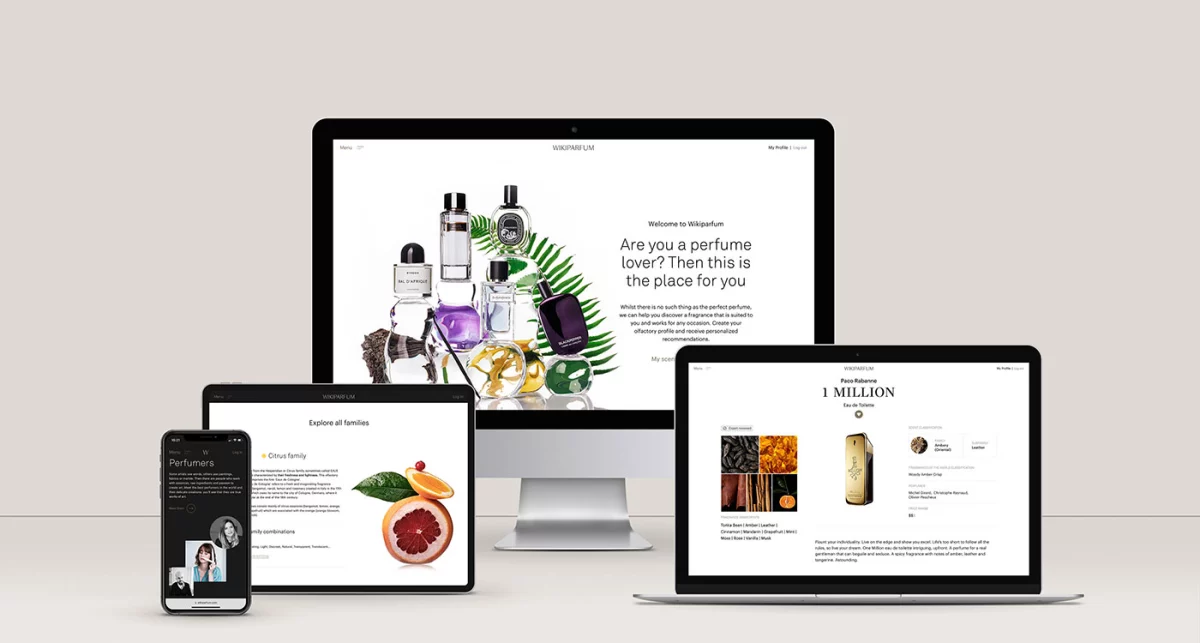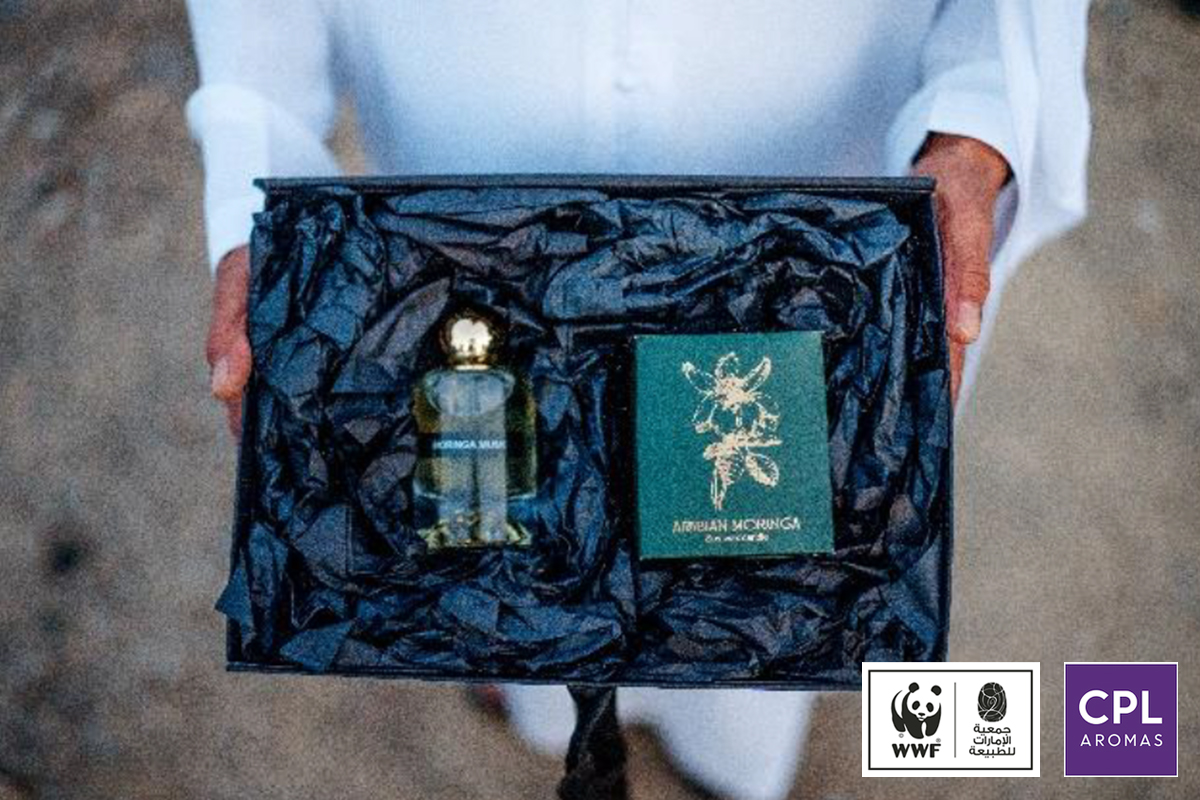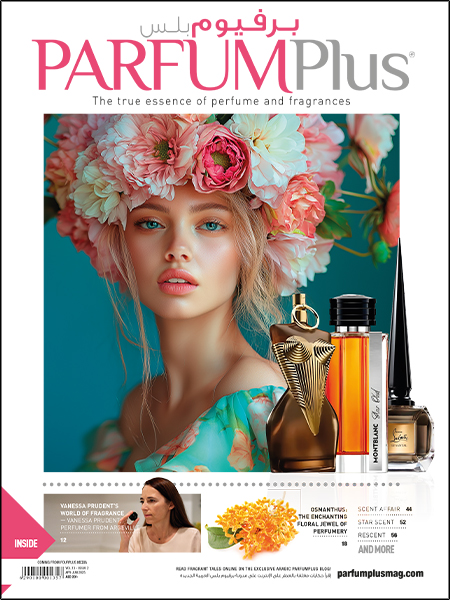Puig just launched an invaluable resource for fragrance enthusiasts everywhere. The Spanish luxury conglomerate announced WikiParfum, an online scent encyclopedia.
WikiParfum is accompanied in-store by a new mobile application and by AirParfum, technology letting people experience successive scents without olfactive fatigue.
“The starting point is trying to solve one of the main barriers our category has, which we call the paradox of choice,” explained Camila Tomas, vice president of innovation and technology at Puig, the Spanish fragrance and fashion company, adding there is a lack of common vocabulary in the perfume industry. “Consumers sometimes feel overwhelmed, so the miss rate is really high. Technologies we have developed solve that issue.”
WikiParfum, the 2.0 version that rolled out just before summer, is accessible online, through wikiparfum.com, and via the new mobile application. The platform today includes about 19,600 scents.
It allows people virtually to discover what a scent smells like.
WikiParfum has a “scent visualizer,” letting people “see” fragrance. That’s because users can draw from a database with 1,400 photographs of raw olfactive materials used in perfumery. A visual representation of a scent’s ingredients is created using those, with a large image corresponding to a dominant ingredient. An ingredient appearing on a black background is intense in the juice, and is lighter if it’s shown on a white background.
WikiParfum also shares other key information, including a fragrance’s olfactory family, the perfumer who created it and the scent’s price range. Available, too, is a selection of fragrances containing similar ingredients.
Each of these points can be delved into further through links, giving people access to information such as the origin and history of fragrance, and perfumers’ biographies.
To develop WikiParfum, Puig collaborated with “Fragrances of the World,” the largest independent guide to fragrance classification, which was created in 1984 by perfume authority and historian Michael Edwards. His database of expert perfume information feeds much of WikiParfum’s knowledge.
WikiParfum’s new mobile app, available on Google Play and the App Store, features a barcode reader, called EAN.Nose. Once a fragrance label is scanned with that, a shopper can visualize how a fragrance will smell and learn main facts about the perfume. EAN.Nose is currently in use in four Douglas doors.
Rounding out the WikiParfum platform is AirParfum, an airborne fragrance system that Puig launched in 2018 for in-store use. It was developed to address a consumer pain point — olfactory saturation after sampling numerous fragrances successively. That’s thanks to AirParfum transforming purified air into perfumed air, which allows people to try out scent after scent without confusion or sensory fatigue, according to the company.








